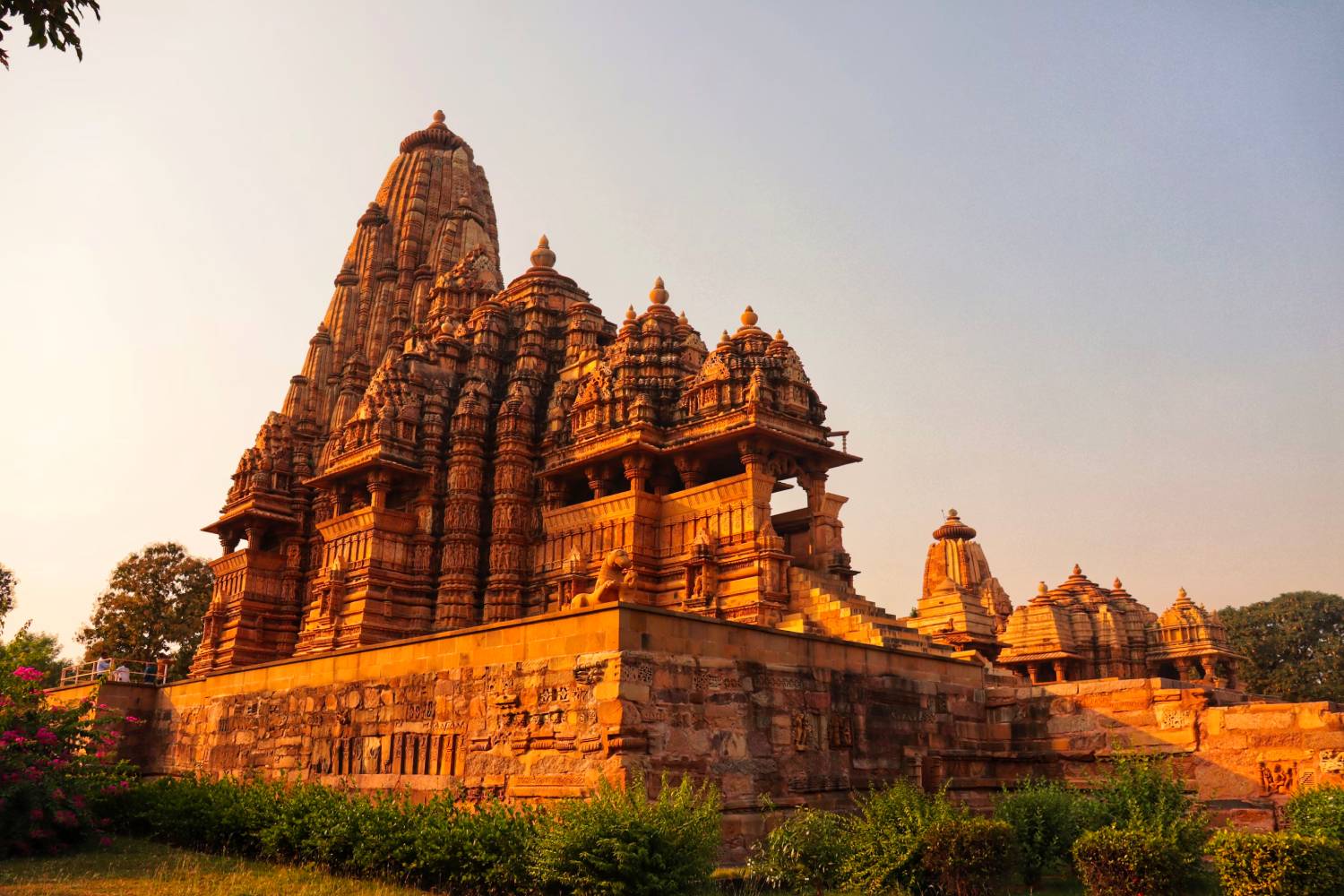Khajuraho, a UNESCO World Heritage Site in the heart of India, is a destination that captivates travelers with its ancient temples and intricate carvings. But when is the best time to visit this architectural marvel? Understanding the climate and cultural events of Khajuraho will help you plan the perfect trip.
| Aspect | Details |
|---|---|
| Best Time to Visit | October to March (Winter) |
| Key Festivals | Khajuraho Dance Festival (February) |
| Summer Weather | Hot, up to 45°C (113°F) |
| Monsoon Weather | Humid, lush greenery |
| Winter Weather | Pleasant, around 20°C (68°F) |
| Recommended Clothing | Light layers, warm clothes for evenings |
| Cultural Highlights | Classical Indian dance performances |
Table of Contents
Understanding Khajuraho’s Climate
Khajuraho experiences three main seasons: summer, monsoon, and winter. Each season offers a different experience, making it crucial to choose the right time for your visit.
Summer (April to June)
Summer in Khajuraho can be quite hot, with temperatures soaring to 45°C (113°F). The heat can make temple tours challenging, as they involve a lot of walking outdoors. If you’re not accustomed to high temperatures, it’s best to avoid visiting during this time.
Monsoon (July to September)
The monsoon season brings relief from the scorching summer heat, but the humidity can be high. While the rain rejuvenates the landscape, turning it lush green, outdoor activities might be limited. However, this season often sees fewer tourists and lower hotel rates.
Winter (October to March)
Winter is the most favorable time to visit Khajuraho. The weather is pleasant, with daytime temperatures around 20°C (68°F), ideal for exploring the temples and attending outdoor events. Nights can be cooler, so packing some warm clothing is advisable.
Why Winter is the Best Time to Visit
Winter in Khajuraho is not just about comfortable weather; it’s also when the city comes alive with cultural festivities.
Khajuraho Dance Festival
The Khajuraho Dance Festival, held annually in February, is a highlight of the winter season. This week-long event showcases classical Indian dance forms against the backdrop of the illuminated temples. It’s a unique opportunity to experience India’s rich cultural heritage.
Sightseeing Comfort
The cooler winter temperatures make exploring the temple complexes more enjoyable. You can spend hours admiring the intricate carvings and architecture without the discomfort of extreme heat or humidity.
Exploring Khajuraho in Other Seasons
While winter is the ideal time to visit, Khajuraho has its charm in other seasons too.
Monsoon Magic
The monsoon season transforms Khajuraho into a green paradise. The rain-soaked temples and refreshed vegetation offer a different, more serene experience. It’s a great time for photography enthusiasts.
Summer Solitude
Visiting in summer means fewer crowds and more solitude while exploring the temples. Early mornings and late afternoons are the best times to visit during this season to avoid the midday heat.
TL;DR: Quick Summary
- Best time to visit: October to March (winter)
- Khajuraho Dance Festival: February
- Summer: Hot and challenging for outdoor activities
- Monsoon: Lush greenery but high humidity
Conclusion
Khajuraho is a destination that offers a unique blend of history, art, and culture. Choosing the right time to visit can greatly enhance your experience. Winter, with its pleasant weather and vibrant festivals, is the ideal time to explore this ancient city’s wonders.

